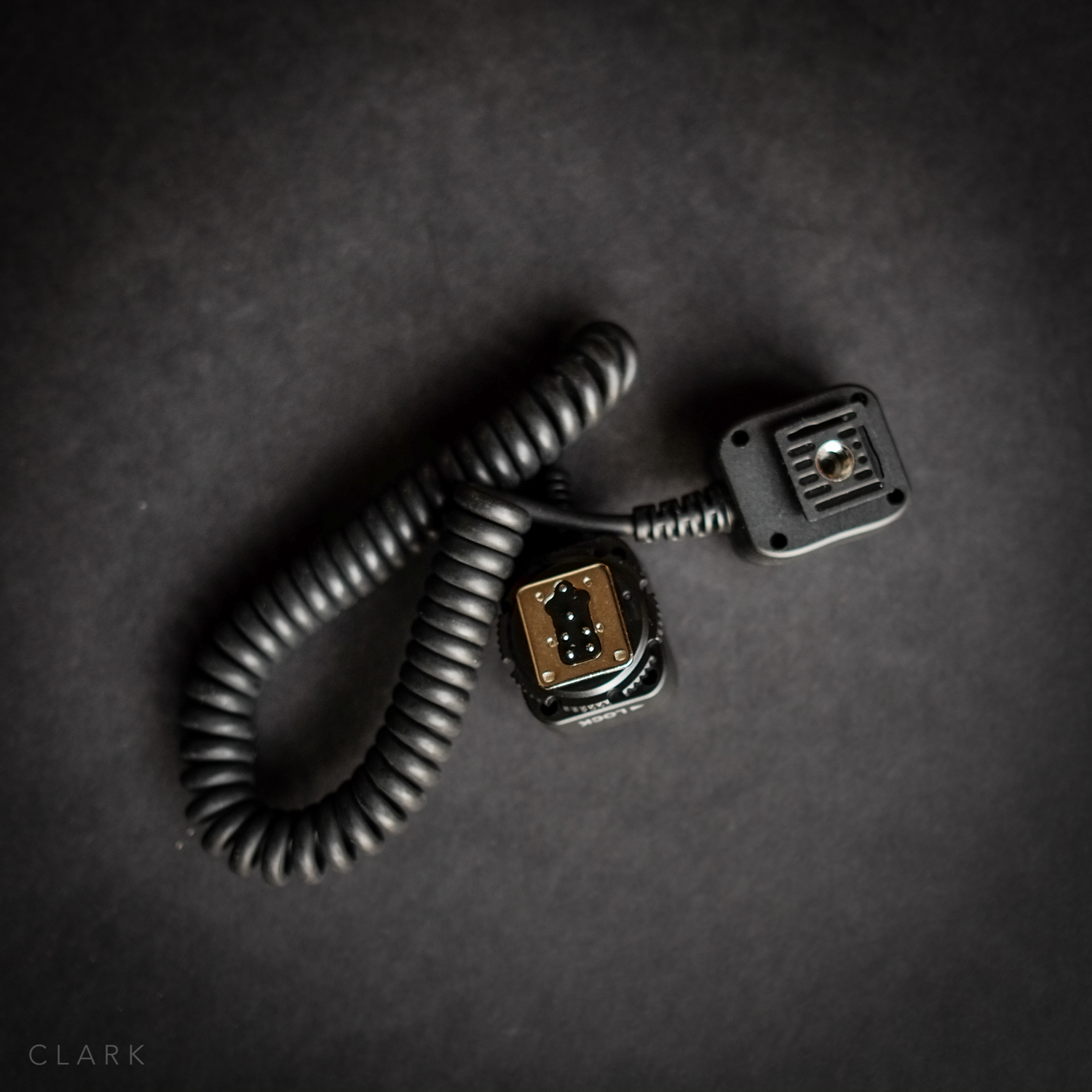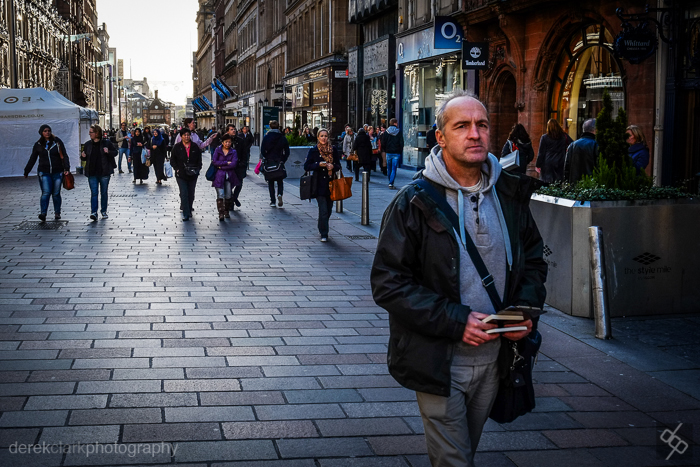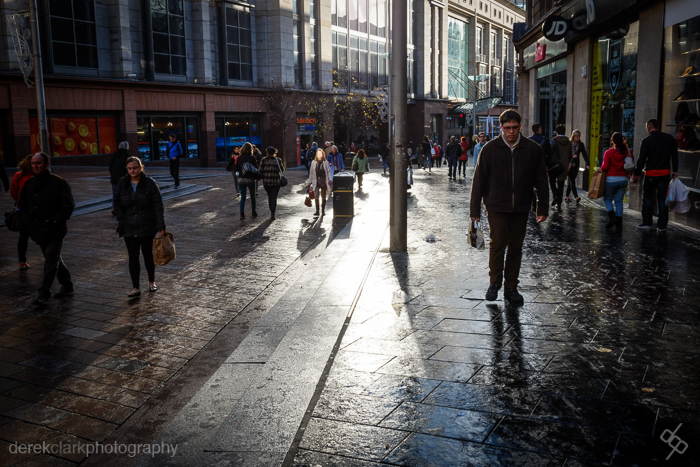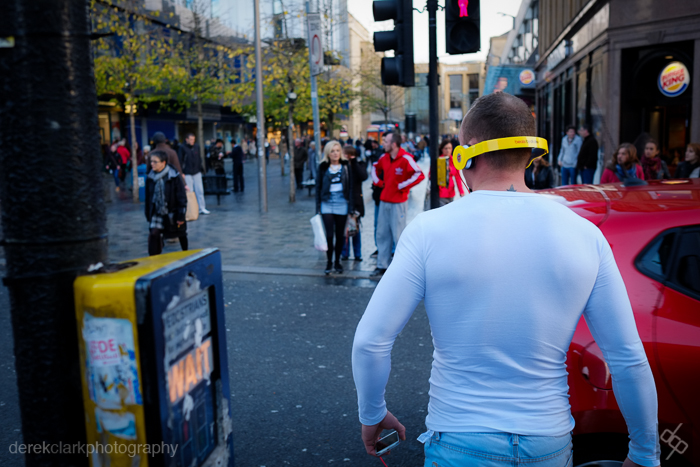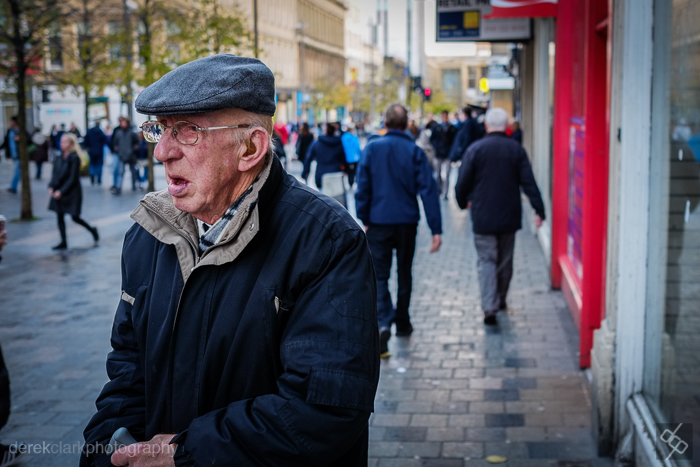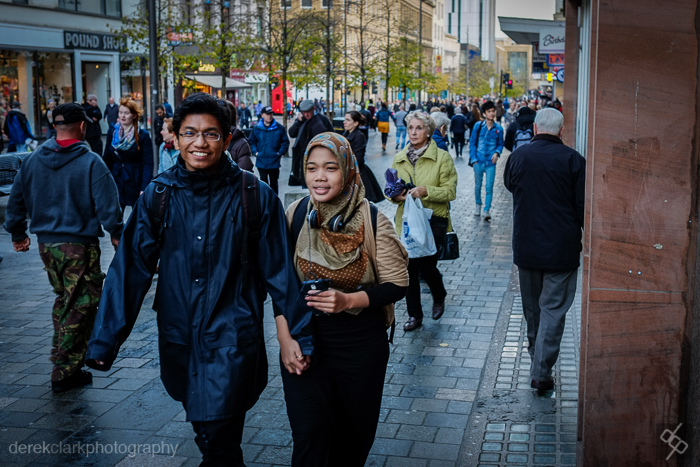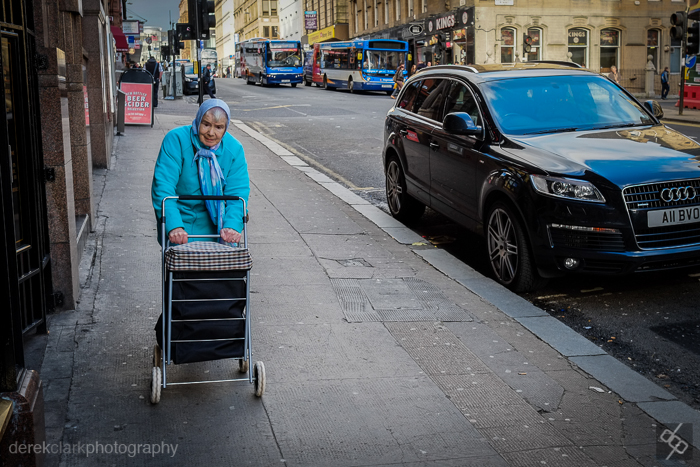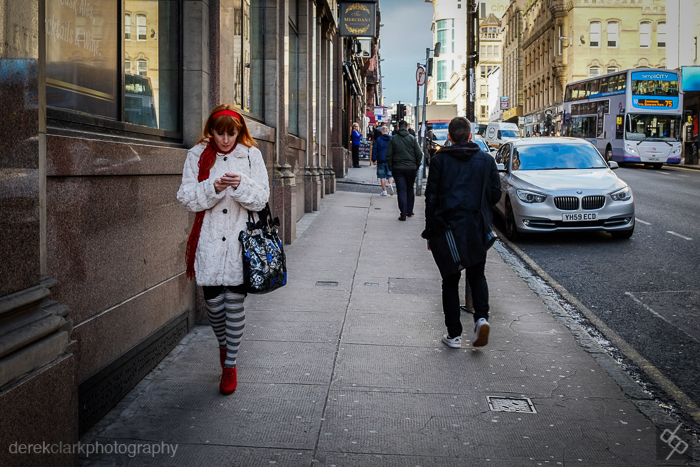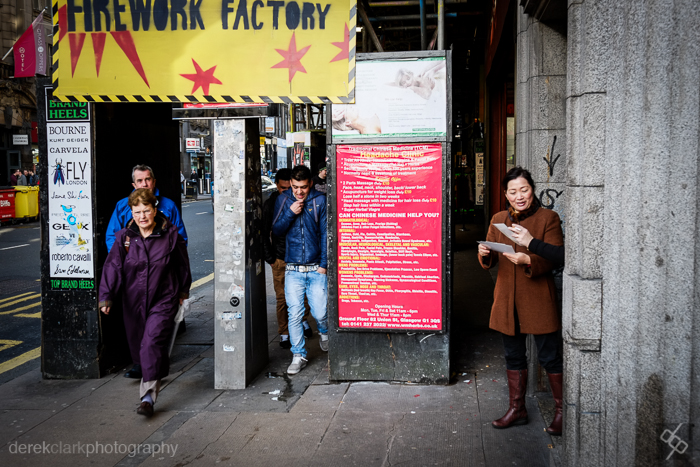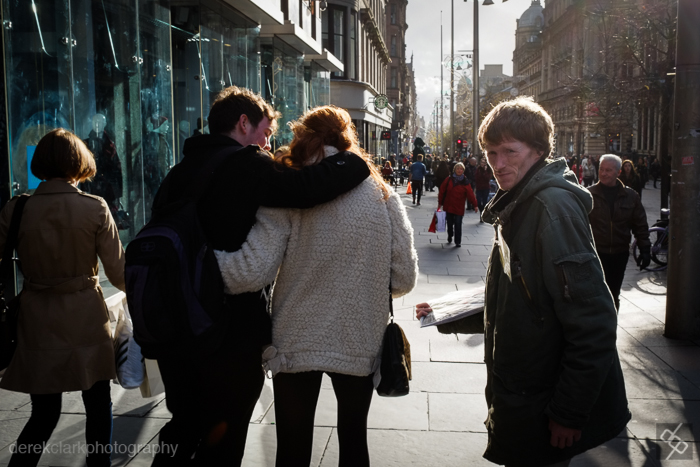 Sometimes life takes us by the hand and helps us to see what otherwise might be missed. It shows you one thing to allow you to see another. You might not realise it at the time, you might not realise it until after it happens, but the aha moment shows it's face and makes you wonder just how the universe nudges us one way or another as we stumble through life. The divide between rich and poor was projected on the walls of shops and houses, but first I would be taken on an unexpected journey with the Chinese workers of Taipa and Macau.
Sometimes life takes us by the hand and helps us to see what otherwise might be missed. It shows you one thing to allow you to see another. You might not realise it at the time, you might not realise it until after it happens, but the aha moment shows it's face and makes you wonder just how the universe nudges us one way or another as we stumble through life. The divide between rich and poor was projected on the walls of shops and houses, but first I would be taken on an unexpected journey with the Chinese workers of Taipa and Macau.
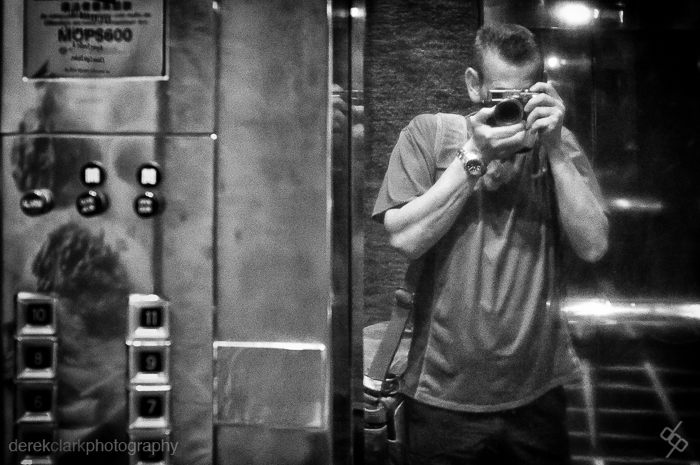
I woke early and slipped out of the hotel room with my shoes in my hand and my camera bag over my shoulder. This was fast becoming my MO, up early and out either before, or as the sun comes up, leaving the others to sleep. I slipped my shoes on and stepped into the elevator and hit G. The lobby was empty, nobody on the desk and nobody on the door. I stepped outside and felt the Asian heat hanging from the night before. The sun had just came up, but was nothing more than a bright spot in the thick fog. I was in Taipa, but I has heading to Macau, the Chinese gambling capital. The Taipa Bridge wasn't far from the hotel and would take around ten to fifteen minutes to walk across (it's long), but I felt like commuting with the local workers that were just starting to surface from their grey hi-rise flats.

I asked the driver of the first bus if it went to Macau and he nodded and gestured me inside, looking a bit annoyed that I wasn't speaking Chinese. I had a good idea he didn't have a clue what I was saying, but I got on, sat on a single seat and felt the laser-like stares of thirty-odd pairs of eyes. The bus headed off in the opposite direction from Macau and the Taipa Bridge, but hey, it's a bus route and it will get there eventually right...wrong. I sat there hoping the bus wouldn't cross over some Chinese border with this dumb Gweilo (white ghost) with no passport. Eventually I asked a collage student (guessing they would have a better chance of knowing some English) if the bus went to Macau. He shook his head and spoke to the driver briefly. The bus pulled into the station and the driver looked back at me and pointed out the door. As I left the bus he used his right index finger to tap each of the five fingers on his left hand, which he repeated and then pointed to the departure area. As the bus pulled away, I thought "did he mean 5 or 10?". Number 5 bus came first, so I jump on, but it was the wrong bus. Another wrong direction, then a third bus and I was travelling toward Macau.

I had gone miles off the reservation, but I was back on track and heading into Macau. In a way, I felt there was a point to my journey through the streets of Taipa and Macau. I was looking at the average Chinese person in an average working class area, both on and off the buss. This was no tourist tour!
As soon as I spotted the unmistakable shape of the Grand Lisboa casino in the distance, I knew where I was and got of the bus at the next stop (in case it changed direction). I had got off way to early, but I was happy to be walking in an area that I recognised. As I turned the corner, it hit me like a slap in the face, and it was as though I had been guided here at just the right time. I would have missed it if I hadn't made the unplanned extended journey first. The sun shone on the facade of the the Grand Lisboa and bathed the run down buildings behind it in the most amazing ocean of gold. I stopped in my tracks and stared. It seemed to shimmer and the words literally popped into my head 'All That Glitters Is Not Gold'. The physical gap between these two buildings was nothing more than a narrow street, but the real gap was vast. One of the most iconic casino buildings stood there proudly showing off it's gold and rubbing the little guys face in it.

Ghandi once wrote "There is enough in the world for everyone's need, but not enough for everyone's greed!". You see it in every country. Rich man, poor man, beggar man, politician. It's Robin Hood in reverse!


Looking from Taipa towards Macau. The Grand Lisboa can be seen at the end of the bridge with its exploding firework design.
All photos shot using the Fujifilm X-E1 & 18-55mm lens, except image number 2, which was shot with the X100 (obviously).
 The big announcement today is that we have gone from four to seven members over at The Kage Collective. Our three new members are fellow documentary photographers (in alphabetical order) Vincent Baldensperger fron Toulouse, France, Craig Litten from Palm Beach, USA and Fuji X photographer Bert Stephani from Steenokkerzeel, Belgium. All three of them are great photographers in their own right and we look forward to including their stories in the near future. But for now you can take a look at our updated Members Portfolio section on the Kage Collective site. All seven portfolios are newly updated...so check them all.
The big announcement today is that we have gone from four to seven members over at The Kage Collective. Our three new members are fellow documentary photographers (in alphabetical order) Vincent Baldensperger fron Toulouse, France, Craig Litten from Palm Beach, USA and Fuji X photographer Bert Stephani from Steenokkerzeel, Belgium. All three of them are great photographers in their own right and we look forward to including their stories in the near future. But for now you can take a look at our updated Members Portfolio section on the Kage Collective site. All seven portfolios are newly updated...so check them all.






















